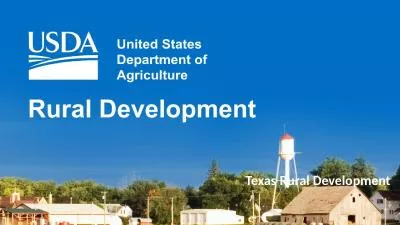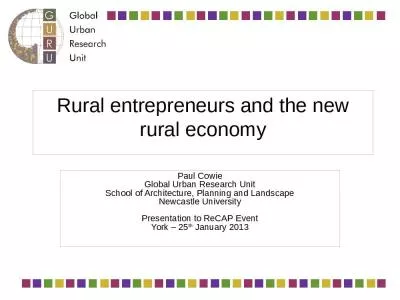PPT-Rural cosmopolitanism then and now?
Author : ellena-manuel | Published Date : 2018-09-19
Chinese farmers in colonial Queensland Michael Woods Aberystwyth University mwoodsaberacuk Twitter globalrural Slides available at httpglobalruralprojectwordpresscom
Presentation Embed Code
Download Presentation
Download Presentation The PPT/PDF document "Rural cosmopolitanism then and now?" is the property of its rightful owner. Permission is granted to download and print the materials on this website for personal, non-commercial use only, and to display it on your personal computer provided you do not modify the materials and that you retain all copyright notices contained in the materials. By downloading content from our website, you accept the terms of this agreement.
Rural cosmopolitanism then and now?: Transcript
Download Rules Of Document
"Rural cosmopolitanism then and now?"The content belongs to its owner. You may download and print it for personal use, without modification, and keep all copyright notices. By downloading, you agree to these terms.
Related Documents

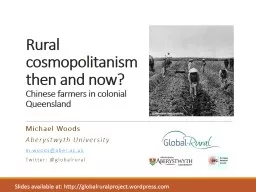

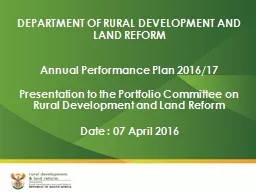

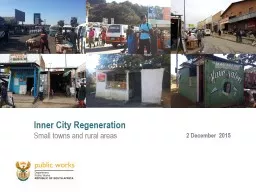




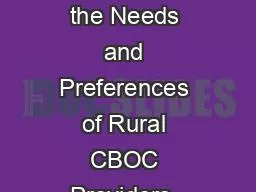
![[DOWNLOAD]-Secularism and Cosmopolitanism: Critical Hypotheses on Religion and Politics](https://thumbs.docslides.com/955954/download-secularism-and-cosmopolitanism-critical-hypotheses-on-religion-and-politics-european-perspectives-a-series-in-social-th.jpg)
![[READ] Gladys Aylward: The Adventure of a Lifetime (Christian Heroes: Then Now) (Christian](https://thumbs.docslides.com/1008075/read-gladys-aylward-the-adventure-of-a-lifetime-christian-heroes-then-now-christian-heroes-then-and-now.jpg)
